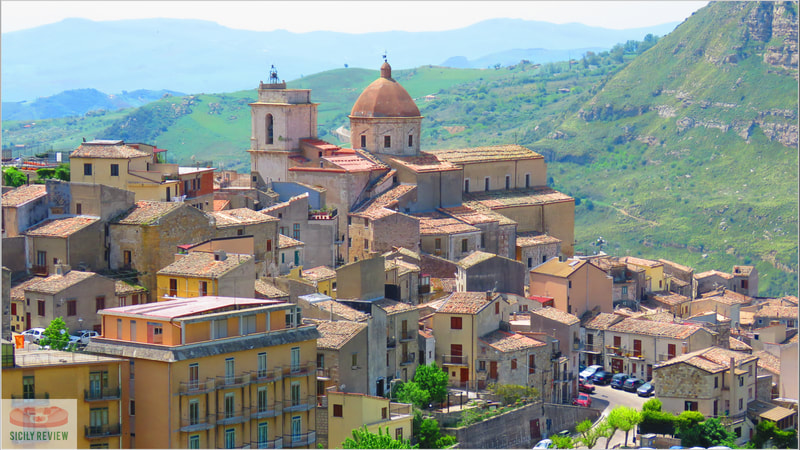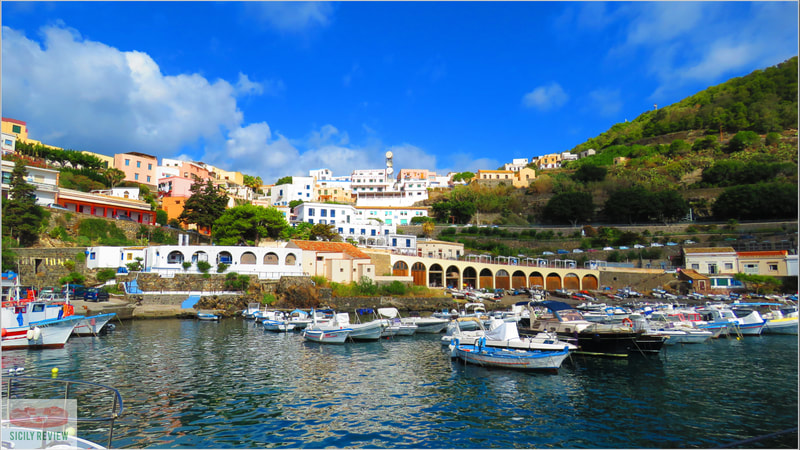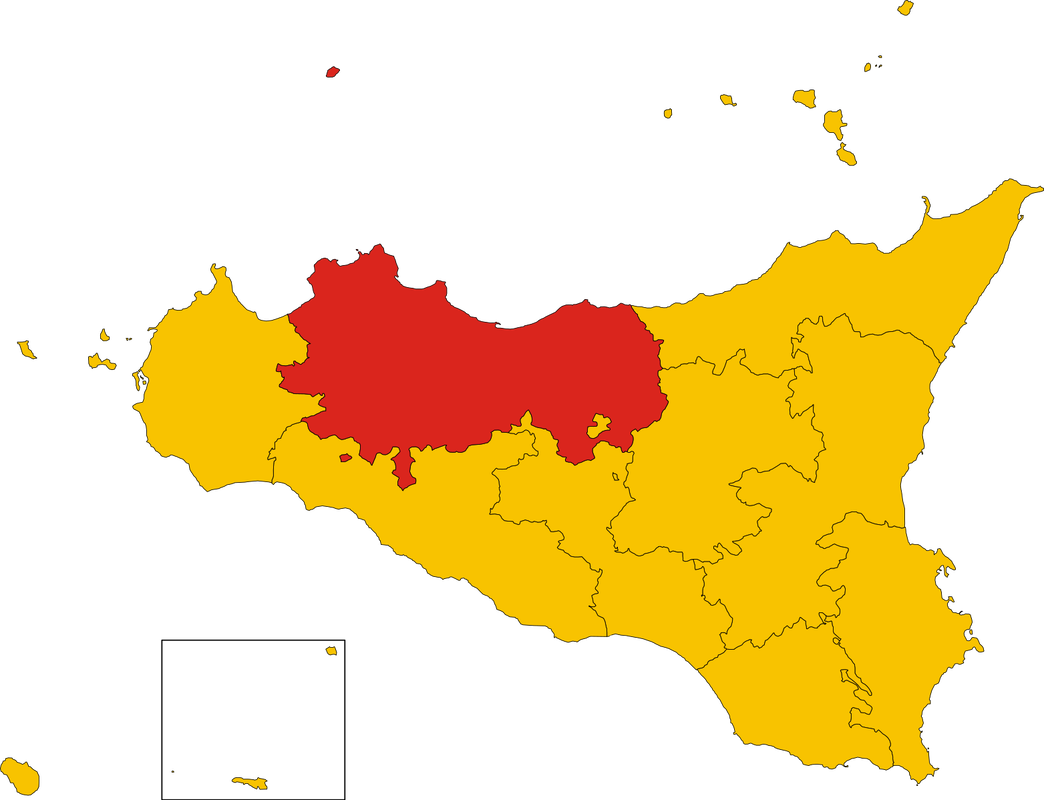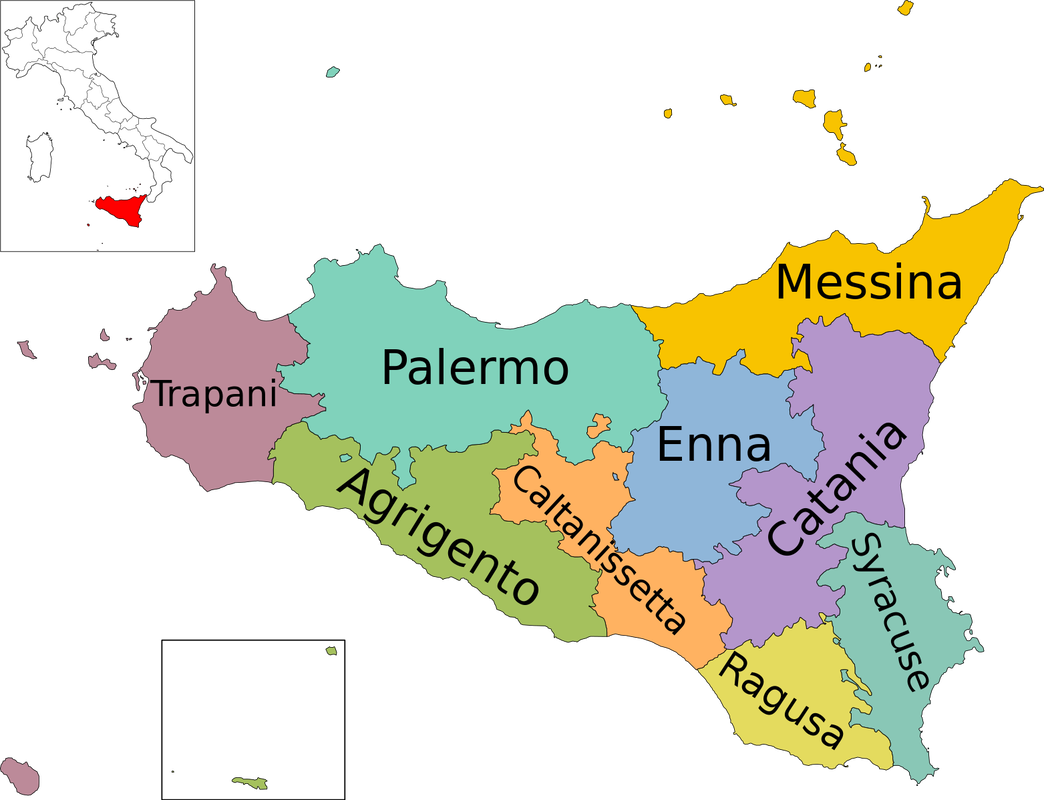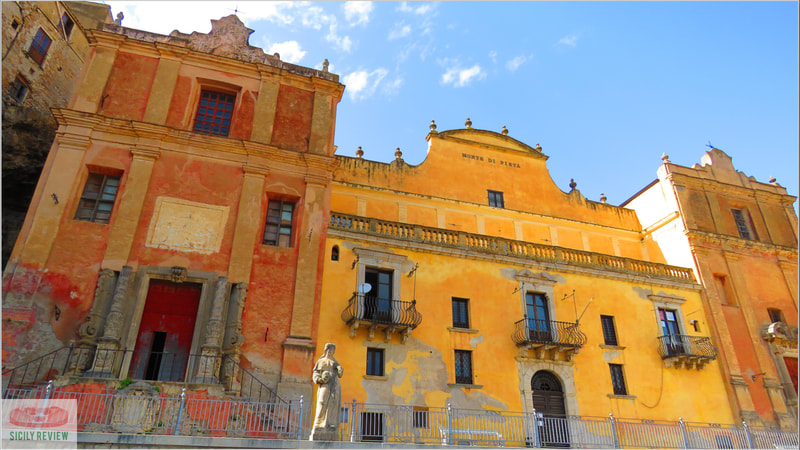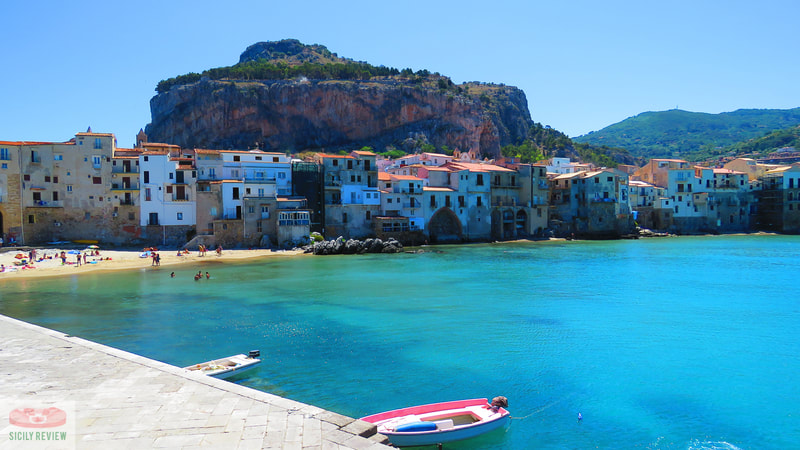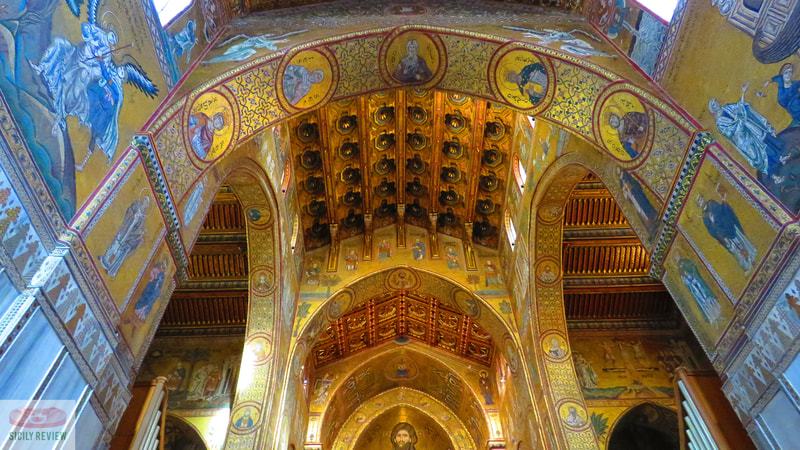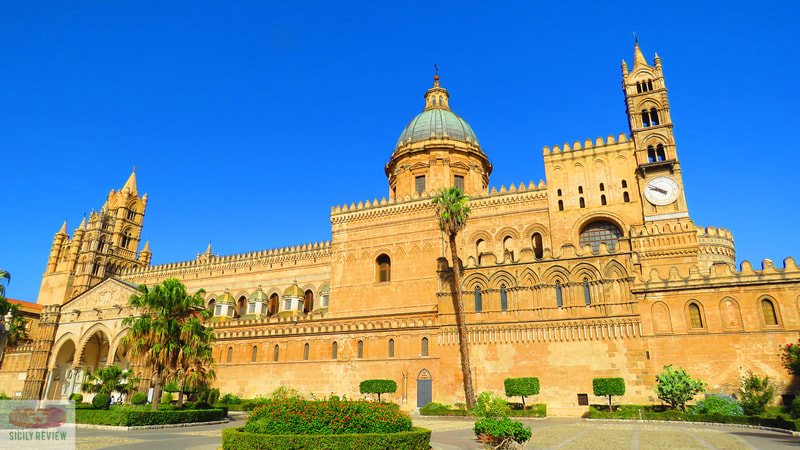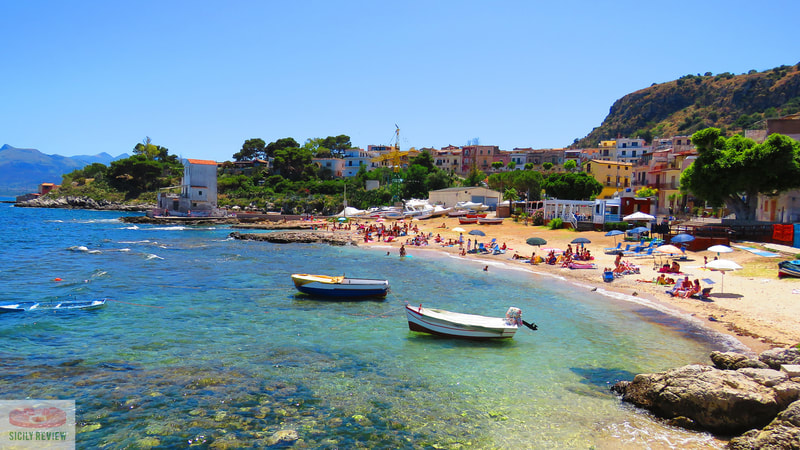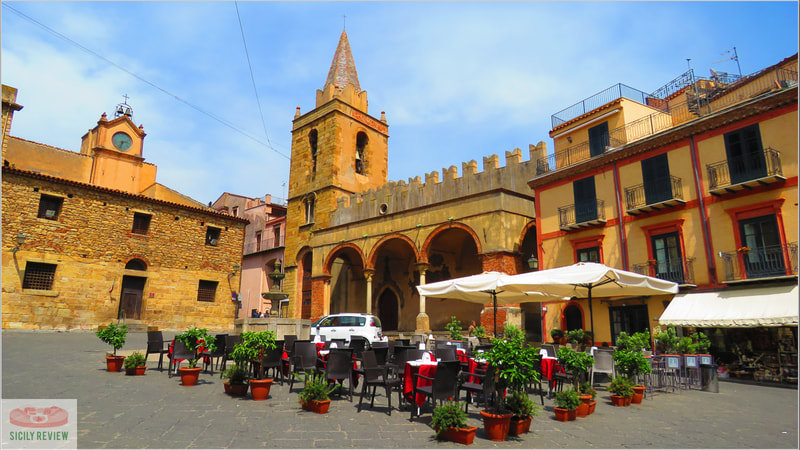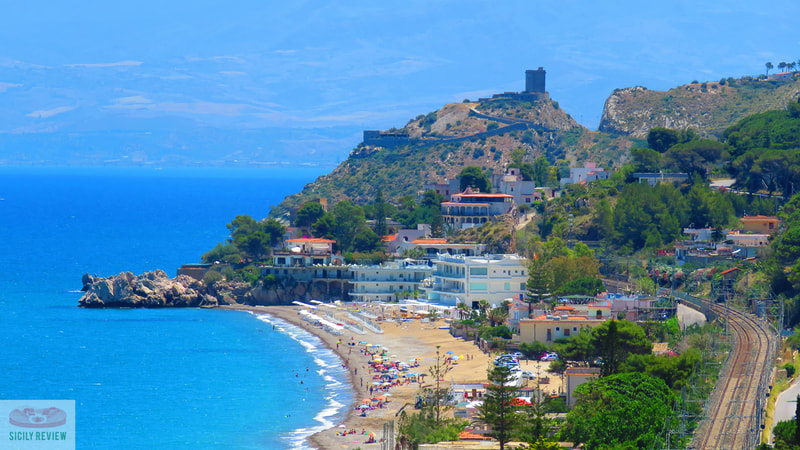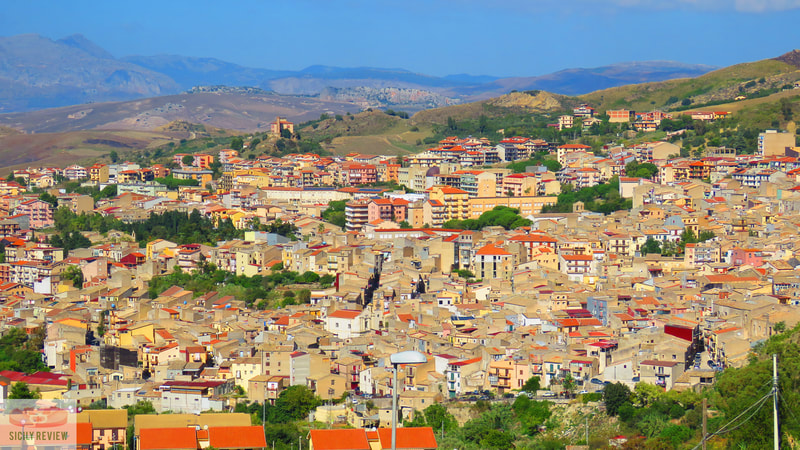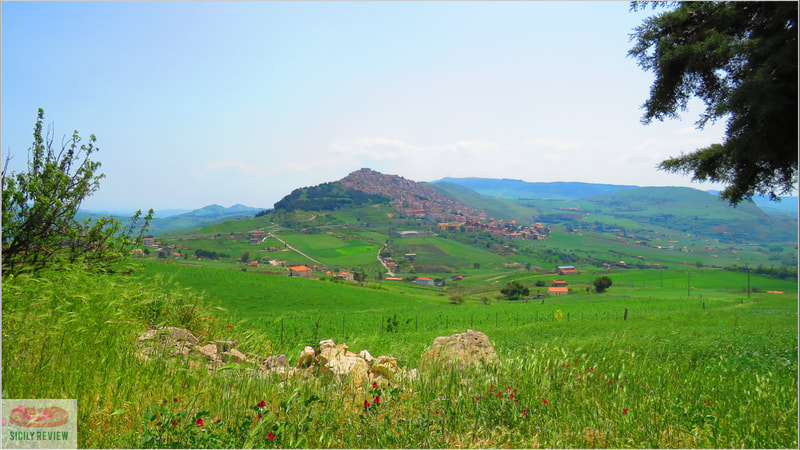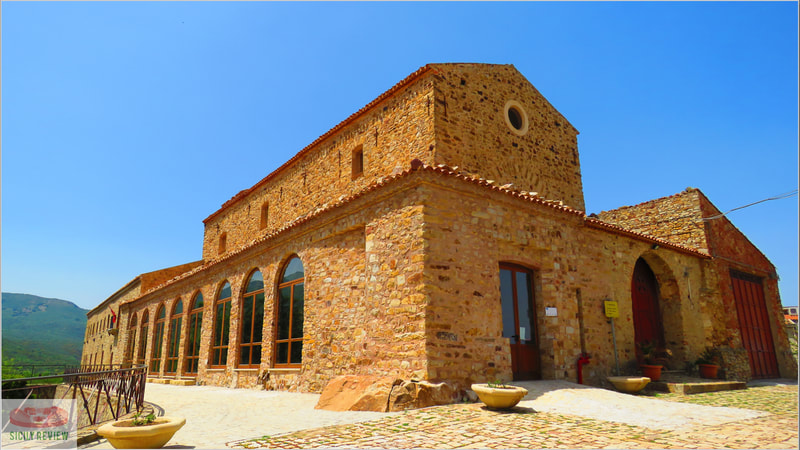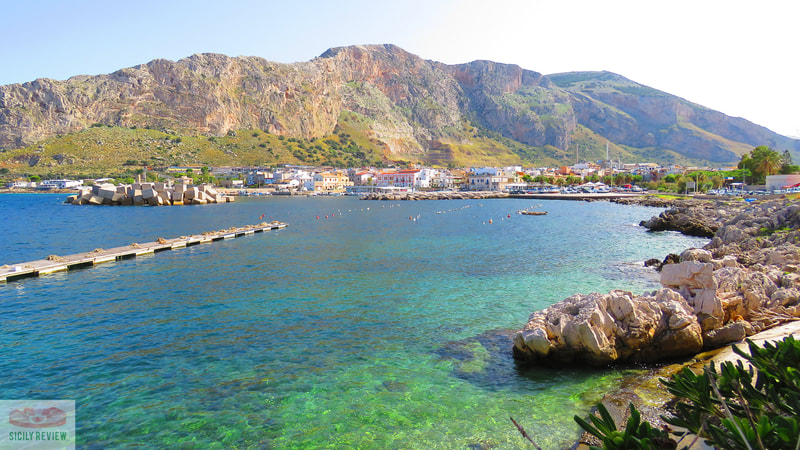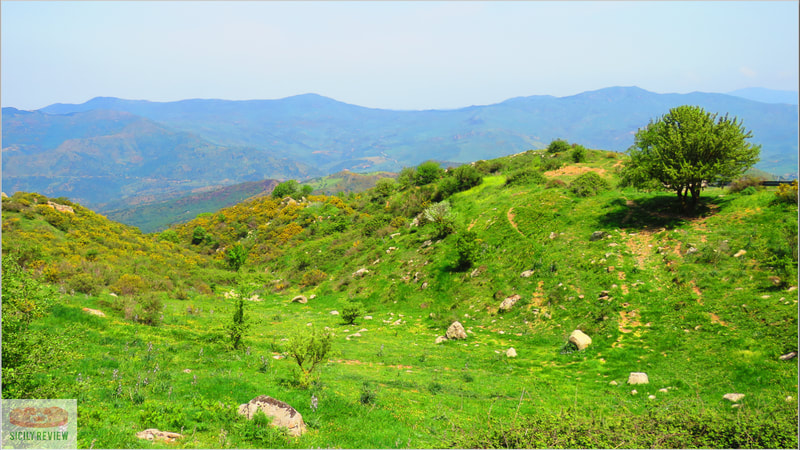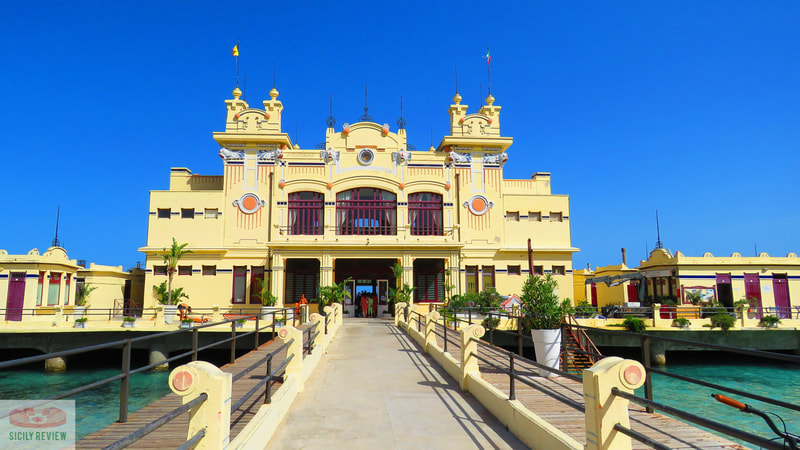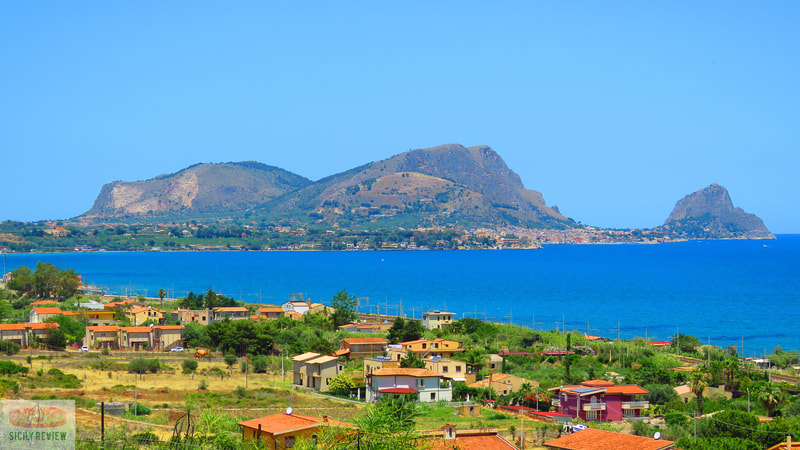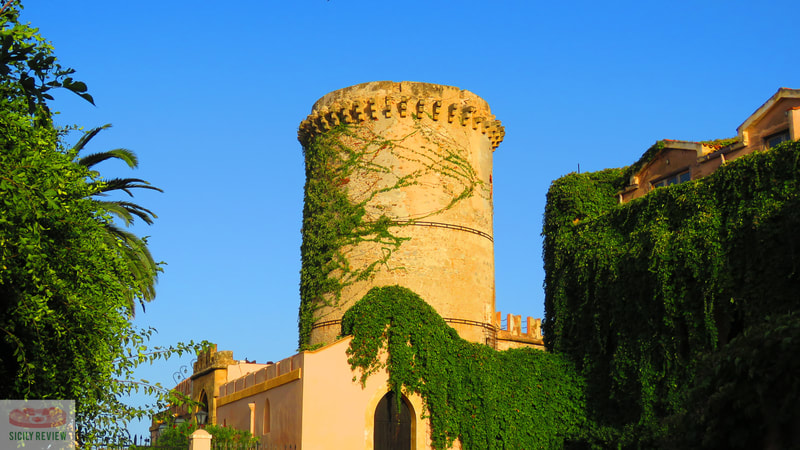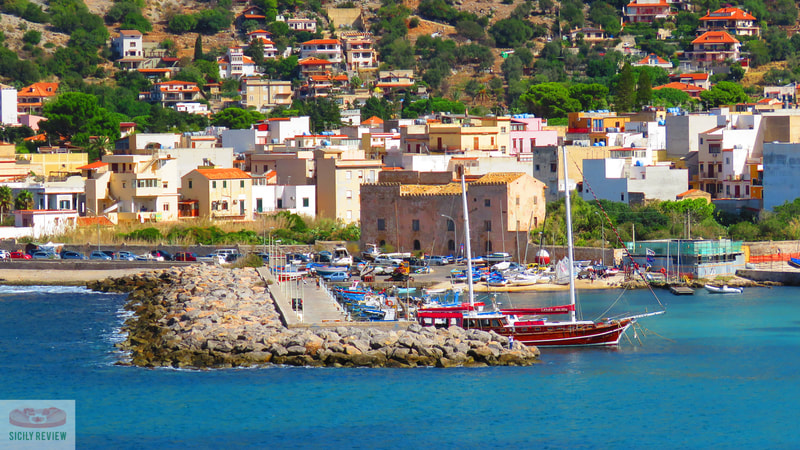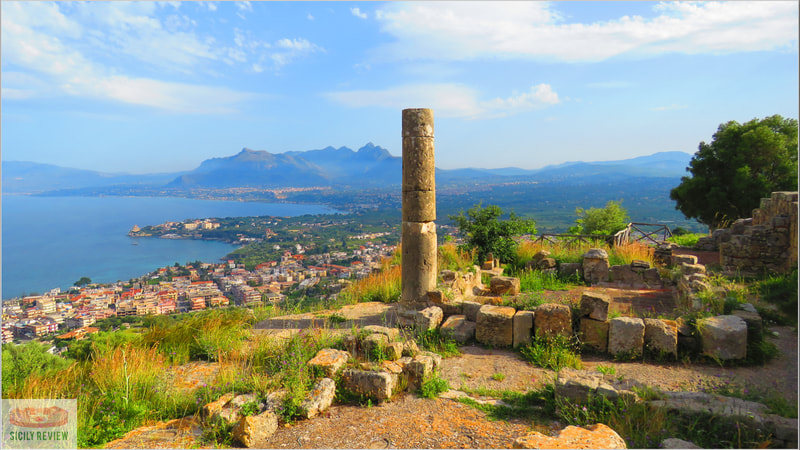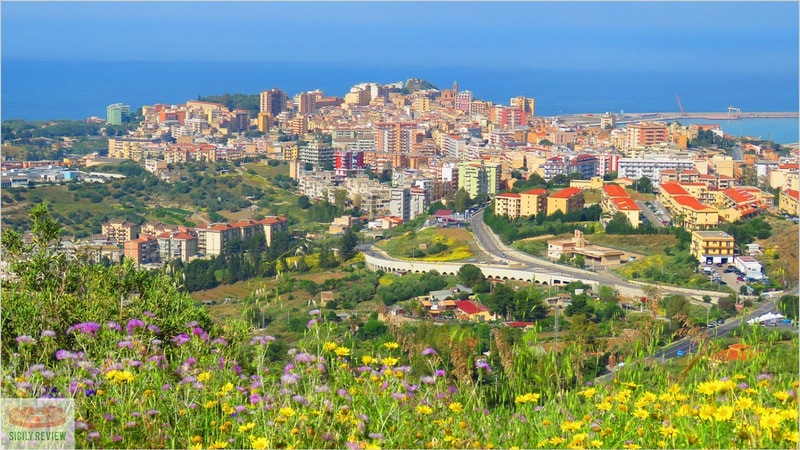Metropolitan City of Palermo
|
By Dion Protani
|
Latest update: 23 October 2023
|
|
The Metropolitan City of Palermo province occupies a total geographical area of 5,009 square kilometres including the city of Palermo itself, the provincial capital and the capital of Sicily.
Within the province there are 82 provincial towns, known as communes (comune singular or comuni plural in Italian), containing a total population of around 1,215,000 inhabitants. |
Among the highlights in the province are the town of Monreale, Ustica island, Cefalù, Castelbuono and Santa Flavia.
Related links
Profile
Palermo Province, situated on the northwestern coast of Sicily, is a captivating blend of history, culture, and coastal beauty. Its capital, Palermo, is a vibrant city with a rich historical legacy, while the province's diverse landscapes range from scenic coastlines to rolling hills.
History
With roots dating back to ancient Phoenician and Roman times, Palermo Province bears the imprints of various civilizations, including Arab, Norman, and Byzantine influences. Its historical sites, such as the Norman Palace and the Cathedral of Palermo, narrate the region's complex past.
Highlights
- Palermo: Explore the historic heart of Sicily's capital, with landmarks like the Palazzo dei Normanni, the Palermo Cathedral, and the bustling markets like Ballarò and Vucciria.
- Monreale: Visit the stunning Monreale Cathedral with its intricate mosaics, a UNESCO World Heritage site, and enjoy panoramic views of Palermo from the town.
- Cefalù: Discover the charming coastal town with its Norman Cathedral, medieval streets, and sandy beaches overlooking the Tyrrhenian Sea.
- Segesta: Explore ancient Greek ruins, including the well-preserved Doric Temple, set against a backdrop of scenic hills and valleys.
- Zingaro Nature Reserve: Immerse yourself in nature at this coastal reserve, offering hiking trails, crystal-clear waters, and diverse flora and fauna.
Travel Information:
- Access: Palermo, the main city in the province, is accessible by air through Falcone-Borsellino Airport (PMO). Trains and buses connect Palermo to other parts of Sicily.
- Accommodation: Palermo Province offers a range of accommodations, from luxury hotels in Palermo to charming bed and breakfasts in smaller towns.
- Best Time to Visit: Spring and fall are ideal, avoiding the summer heat. The coastal areas offer a delightful climate for beach activities.
- Local Cuisine: Indulge in Sicilian culinary delights, including arancini (rice balls), cannoli, and fresh seafood dishes.
Città Metropolitana di Palermo
Neighbouring provinces: Metropolitan City of Messina, Enna, Caltanissetta, Agrigento, Trapani

